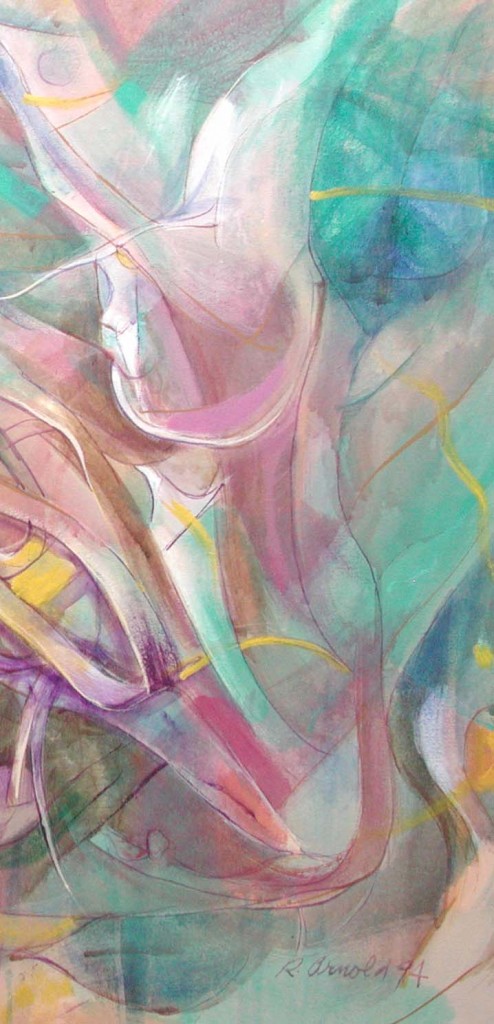- Notation and conventions.– This website and the book adhere to Russell Lande’s notation for parameters and expressions. That adherence makes transparent the connections to Lande’s many influential papers. A standard feature of Lande’s notation is to denote multivariate (multiple trait) parameters with boldface. Thus, G is the additive genetic variance/covariance matrix, while Gii is the additive genetic variance of the ith trait. One convention used throughout the book and animations is to standardize the within-population, phenotypic variance for traits (before selection) to a value of 1. Another convention is to represent bivariate (two-trait) variance/covariance matrices (e.g., P, G, M), as well as surfaces using confidence ellipses and their principal axes (eigenvectors). See Arnold et al. (2008) for specifics.
- References.– My publications are occasionally referenced in the captions for animations. In those cases, pdfs can be found thru Research Gate or my website . Other cited references are listed in Lecture powerpoints and notes on the Workshop website pages.
- Programming.– The programs that produced the animations on this site were written in R , a statistical programming language, mainly by Antonio Jesus Munoz Pajares.
- Site design.- This site was designed and developed by Ace Web Optimization.
- Artwork.- The artwork on this website is from the paintings and sketch books of Richard E. Arnold (1915-2007), an abstract expressionist and the author’s father. His abstract art on this website and on the book cover can be viewed at Fine Art America which also sells art replicas on canvas, coffee mugs, notebooks, etc.
- Acknowledgements.– I owe a huge debt to many colleagues and collaborators, especially to Russell Lande, but also to Lynne D. Houck, Michael J. Wade, Patrick C. Phillips, Reinhard Bürger, Suzanne R. Estes, Josef C.Uyeda, Paul A. Hohenlohe, and many others. Many of the graphic approaches used here benefited from feedback in graduate classes taught at the University of Chicago, Oregon State University, NESCent, NIMBioS, and the Univ. Washington Friday Harbor Labs. This project was supported by the U.S. National Science Foundation, especially by its OPUS program.

